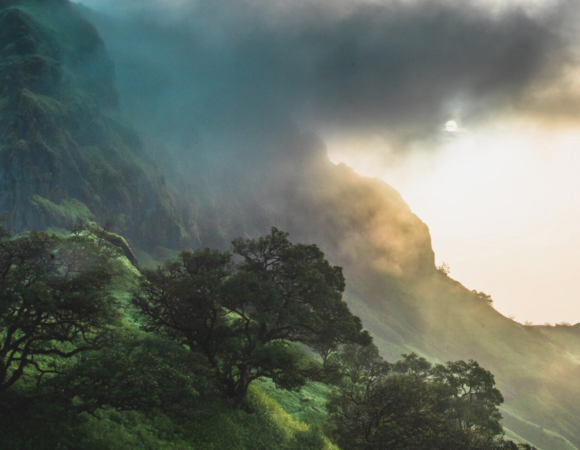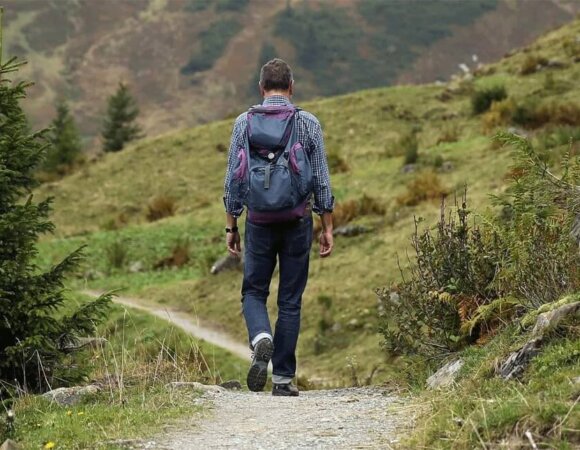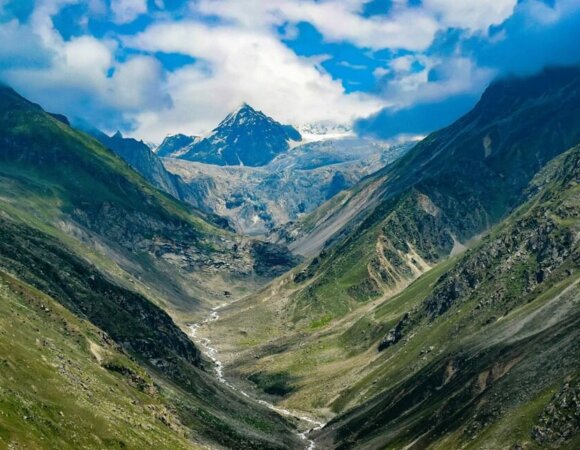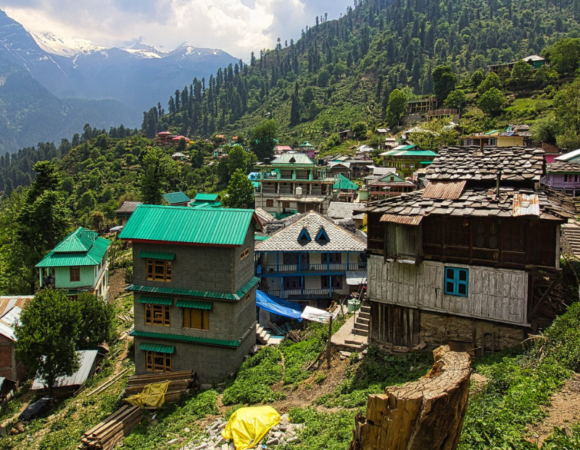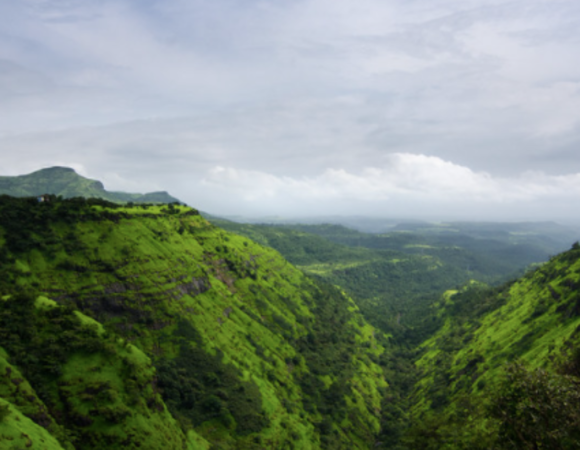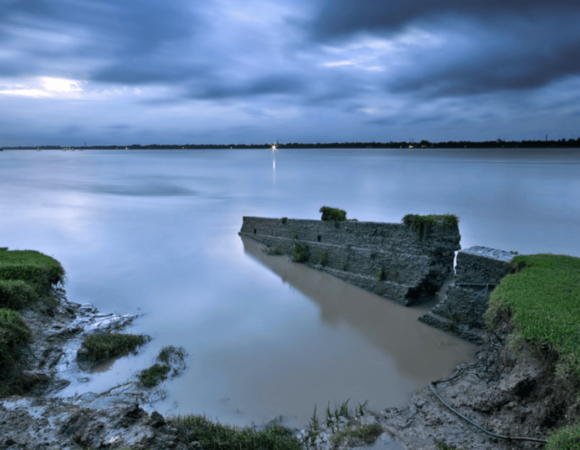Savita Kanswal – The Unstoppable Spirit of Indian Mountaineering
This blog explores Savita Kanswal, extraordinary journey, unprecedented achievements, and the lasting legacy she left behind for future generations of Indian mountaineers.
Table of Contents
ToggleMany remarkable stories emerge in the rugged terrain of the Himalayas, where peaks touch the sky and the journey tests human limits. But few are as inspiring and heartbreaking as that of Savita Kanswal—a young woman from a remote village in Uttarakhand who rose to become one of India’s most promising mountaineers, only to have her bright career cut tragically short.
Early Life and Background
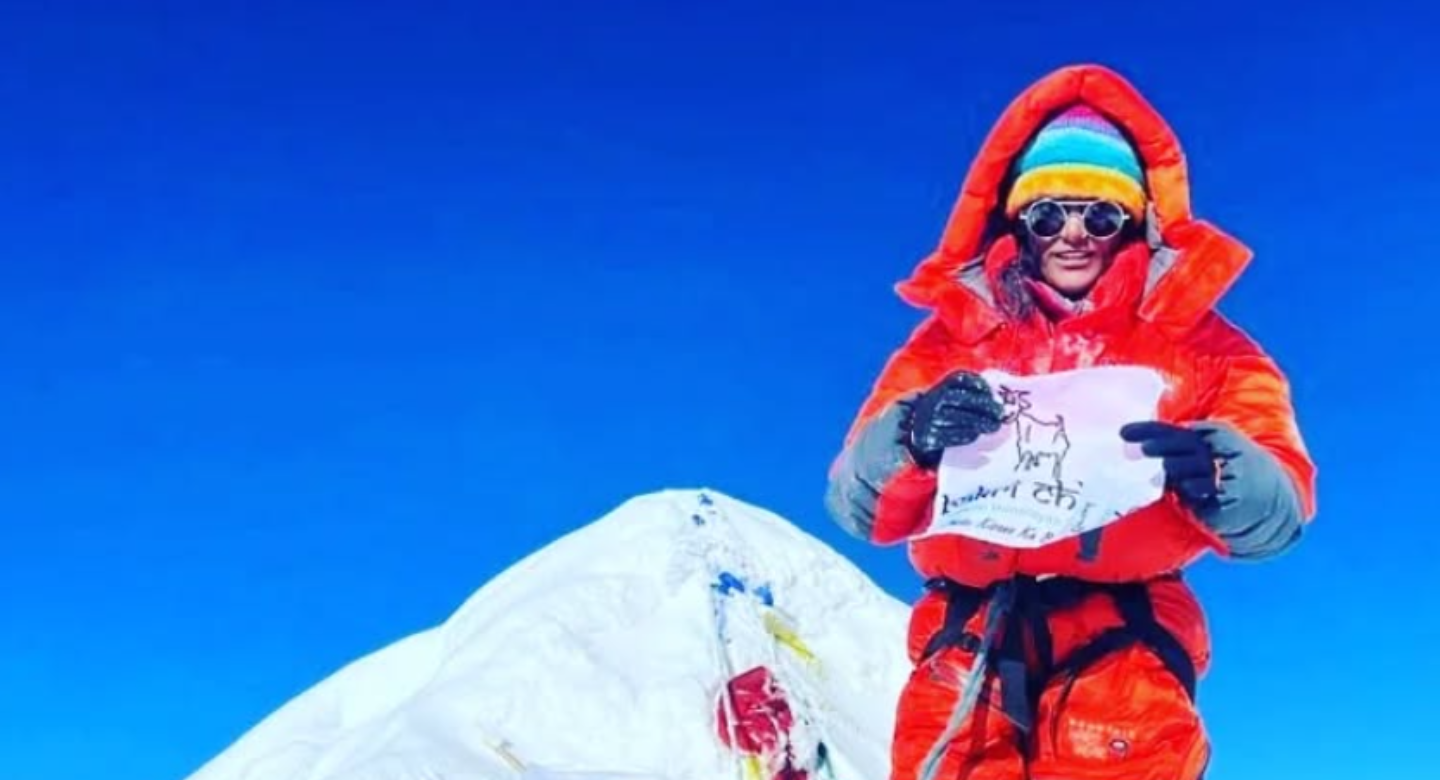
Savita Kanswal was born in 1992 in the small village of Lonthru in the Uttarkashi district of Uttarakhand, a mountainous state in northern India. Growing up in the shadow of the Himalayas, she developed a natural affinity for the mountains from an early age. Born into a farming family of modest means, Savita’s childhood was marked by the typical challenges faced by those living in remote Himalayan villages—limited access to education, basic infrastructure, and economic opportunities.
Her father, Radheshyam Kanswal, worked as a farmer, while her mother, Kamleshwari Devi, managed the household. Despite financial constraints, her parents supported her education, allowing her to dream beyond the confines of their village. The rugged mountain landscape that surrounded her home would eventually become not just her playground but her calling.
Journey into Mountaineering
Savita’s formal introduction to mountaineering came through the Nehru Institute of Mountaineering (NIM) in Uttarkashi, one of India’s premier mountaineering institutions located near her home. Her proximity to NIM proved fortuitous, as it allowed her to pursue formal training in mountaineering despite her family’s limited financial resources.
She enrolled in basic and advanced mountaineering courses at NIM, where her natural talent quickly became apparent. Her instructors noted her exceptional physical endurance, technical skills, and mental fortitude—qualities essential for high-altitude climbing. Soon after completing her training, she joined NIM as an instructor, becoming one of the youngest female mountaineering instructors at the institute.
Working at NIM provided Savita with not just a livelihood but also a platform to further develop her skills and pursue her passion for climbing. As an instructor, she helped train numerous aspiring mountaineers while simultaneously preparing for her own expeditions.
Rising Star: Early Expeditions
Savita’s mountaineering career began with expeditions to several peaks in the Indian Himalayas, where she honed her skills and gained valuable experience in diverse climbing conditions. Her early climbs included:
- Mount Bhagirathi II (6,512m)
- Mount Satopanth (7,075m)
- Mount Chaukhamba (7,138m)
- Mount Rudugaira (5,819m)
Each successful expedition built her confidence and reputation within the Indian mountaineering community. What set Savita apart was not just her technical proficiency but also her calm demeanor in challenging situations and her methodical approach to climbing.
The Everest Dream
Like many mountaineers, Savita harbored the ultimate dream—to stand atop Mount Everest, the world’s highest peak. After years of preparation and smaller expeditions, she finally got her opportunity in 2022. In May of that year, Savita successfully summited Mount Everest (8,848.86m), achieving a lifelong ambition and joining the elite group of Indian women who had conquered the world’s highest mountain.
But what came next would truly set her apart in the annals of Indian mountaineering.
Historic Achievement: Double Summit
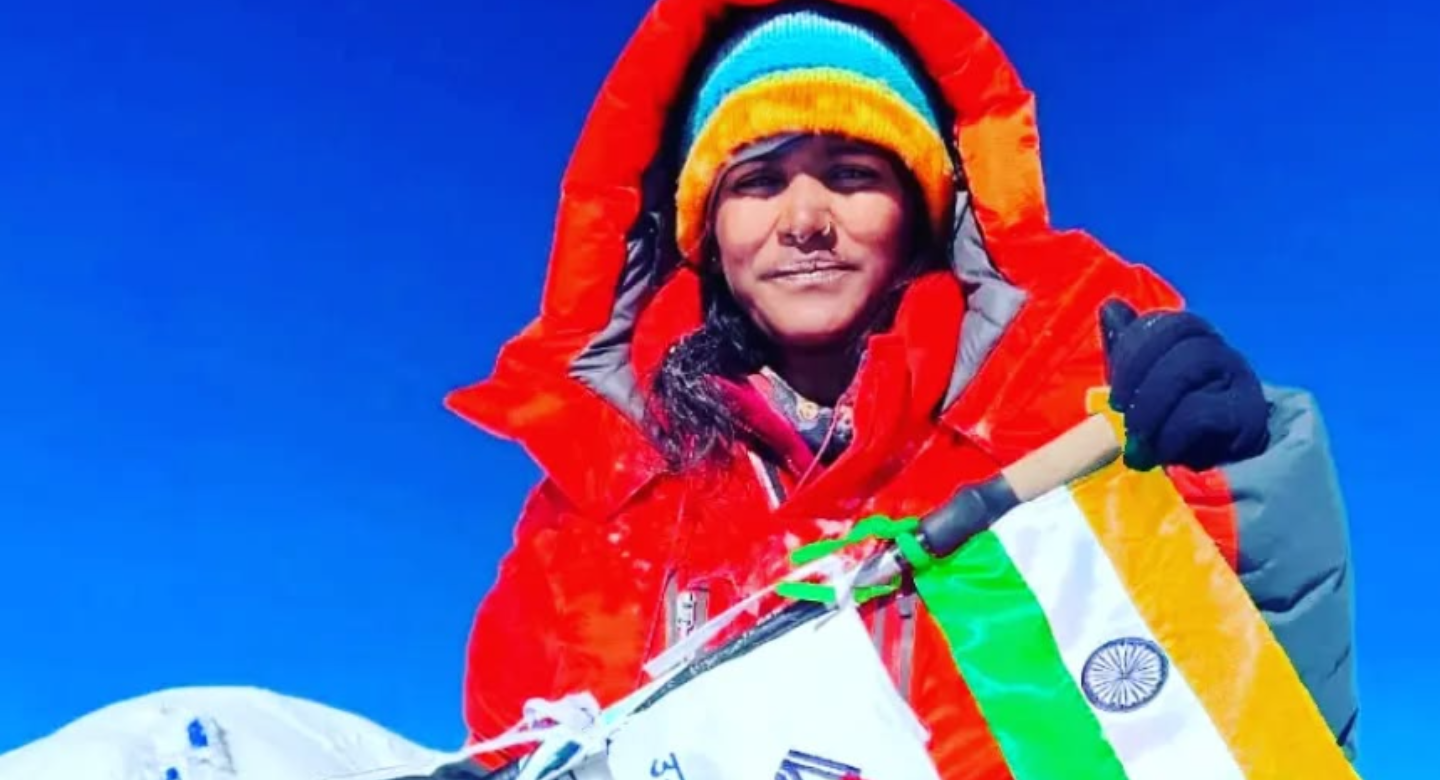
Just days after her Everest success, Savita embarked on another challenging expedition—to Mount Makalu, the world’s fifth-highest peak at 8,485 meters. On May 12, 2022, she stood triumphant on Makalu’s summit, becoming the first Indian woman to climb two 8,000-meter peaks in just two weeks.
This extraordinary feat—summiting Everest and Makalu in a single climbing season within such a short timeframe—demonstrated not only her exceptional physical conditioning and technical skills but also her remarkable determination and mental strength. The double summit quickly catapulted her into the spotlight of Indian mountaineering, earning her national recognition and setting her on a path to become one of India’s most accomplished mountaineers.
Professional Success and Recognition
Following her historic double summit, Savita returned to her position at NIM with enhanced credibility and recognition. She was celebrated across India for her achievements:
- She received the “Dronachary Award” from the Uttarakhand government for her contributions to mountaineering
- Various mountaineering associations across India honored her accomplishments
- She became an inspiration for young women across the country, particularly those from small towns and villages
- NIM recognized her achievements with a special commendation
Beyond accolades, Savita’s success brought attention to the potential of Indian women in high-altitude mountaineering and highlighted the talent emerging from remote areas of Uttarakhand.
Mountaineering Philosophy and Approach
Those who knew Savita described her approach to mountaineering as methodical, respectful, and balanced. Unlike those who pursue records at all costs, she emphasized:
- Proper Preparation: Thorough physical training and technical preparation before each expedition
- Respect for the Mountains: Understanding and acknowledging the power and unpredictability of nature
- Mental Fortitude: Developing the psychological resilience necessary for high-altitude climbing
- Teamwork: Recognizing the importance of collaboration and mutual support in mountaineering
- Environmental Responsibility: Maintaining a commitment to minimize environmental impact during expeditions
Her balanced approach made her both an effective instructor and a successful climber, capable of making sound decisions in the challenging conditions of high-altitude environments.
Breaking Barriers
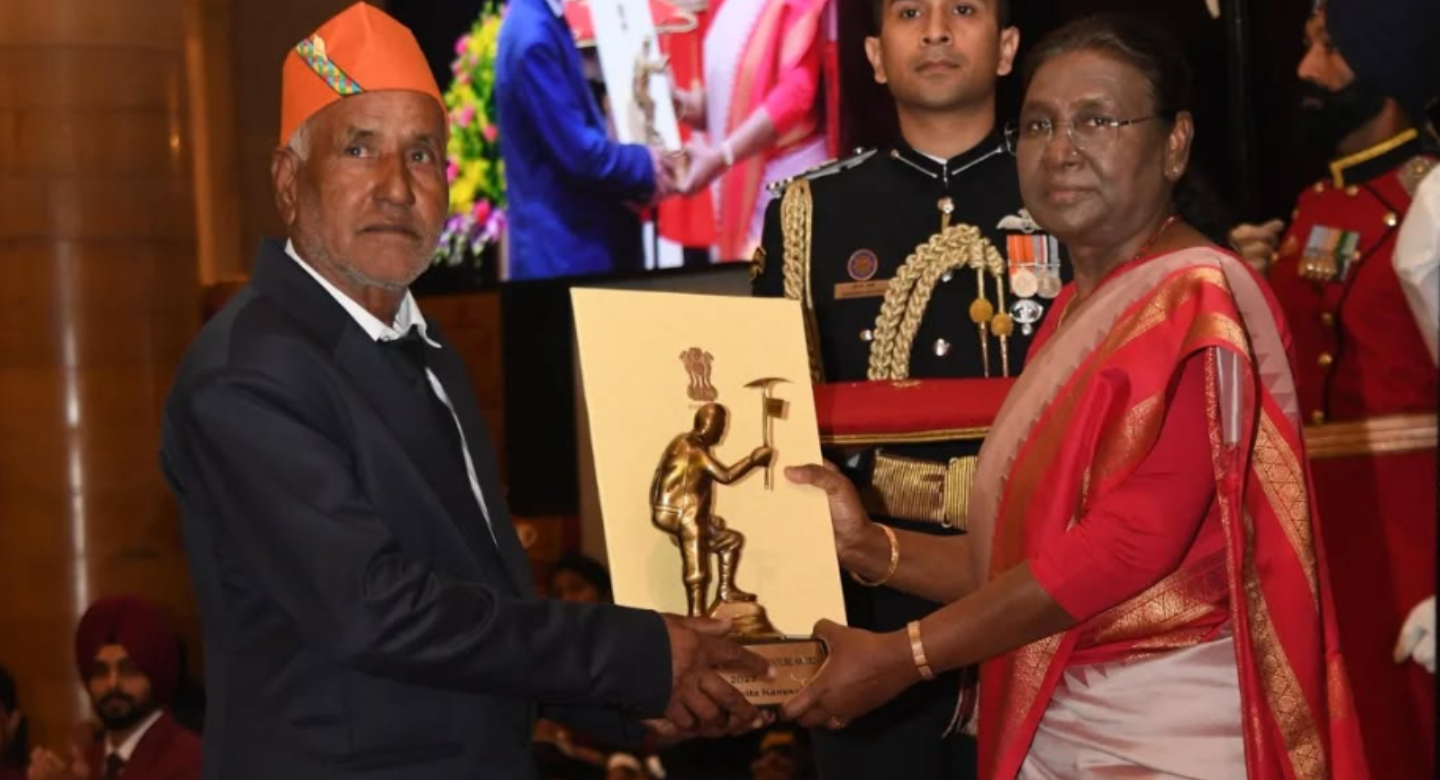
As a woman from a small village in Uttarakhand, Savita’s journey broke multiple barriers:
- Gender Barriers: She excelled in a field traditionally dominated by men
- Socioeconomic Limitations: Coming from a farming family with limited resources, she defied economic constraints
- Geographic Isolation: Despite being from a remote village, she gained national recognition
- Cultural Expectations: She pursued an unconventional path for women in her region
Her success story became an inspiration for many young women, particularly those from rural and mountainous regions of India, demonstrating that with determination and hard work, even the highest peaks—both literal and metaphorical—could be conquered.
The Tragic End
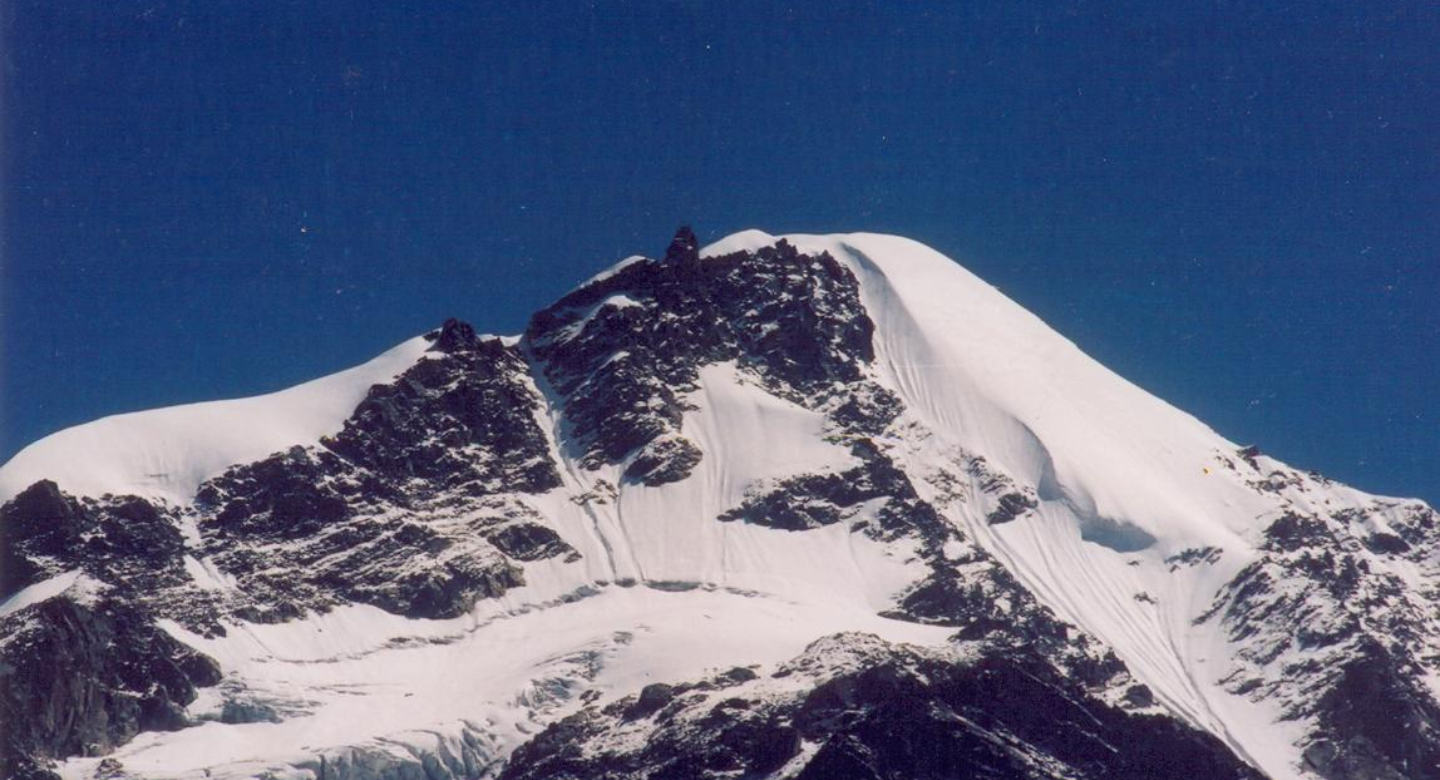
Tragically, Savita Kanswal’s promising career and life were cut short on October 4, 2022, just months after her historic double summit. She was part of a team leading a training expedition to Mount Draupadi ka Danda-II (5,670m) in the Garhwal Himalayas when disaster struck. An avalanche hit the expedition, resulting in multiple casualties, including Savita.
The mountaineering community was devastated by the loss of such a talented climber at the peak of her career. At just 30 years old, she had already achieved what many climbers spend a lifetime pursuing and was poised for even greater accomplishments.
The accident highlighted the inherent risks of mountaineering, even for the most skilled professionals, and sent shockwaves through the Indian mountaineering community.
Legacy and Impact
Despite her short life, Savita Kanswal left an indelible mark on Indian mountaineering:
- Inspiration: Her journey from a small village to the summit of Mount Everest continues to inspire countless young people
- Breaking Barriers: She demonstrated that women from rural backgrounds can excel in extreme sports
- National Pride: Her achievements brought recognition to Indian mountaineering on the international stage
- Regional Identity: She highlighted the mountaineering talent emerging from Uttarakhand
- Safety Awareness: Her tragic death renewed conversations about safety protocols in mountaineering expeditions
Following her passing, various tributes and memorial initiatives were established:
- The Uttarakhand government announced plans for a mountaineering center named after her
- A scholarship fund was set up at NIM to support aspiring female mountaineers from underprivileged backgrounds
- An annual mountaineering festival in Uttarkashi now includes events dedicated to her memory
Challenges Faced
Throughout her career, Savita overcame numerous challenges:
- Financial Constraints: High-altitude expeditions require substantial funding, which is difficult to secure for climbers from modest backgrounds
- Limited Infrastructure: The lack of world-class training facilities and equipment in India
- Gender Bias: Navigating a field where women are often underrepresented and sometimes doubted
- Geographic Isolation: Coming from a remote village presented logistical challenges for training and networking
- Professional Risks: Balancing her roles as an instructor and professional mountaineer
Her ability to overcome these obstacles makes her achievements even more remarkable and speaks to her extraordinary determination and resilience.
The Human Side of Savita
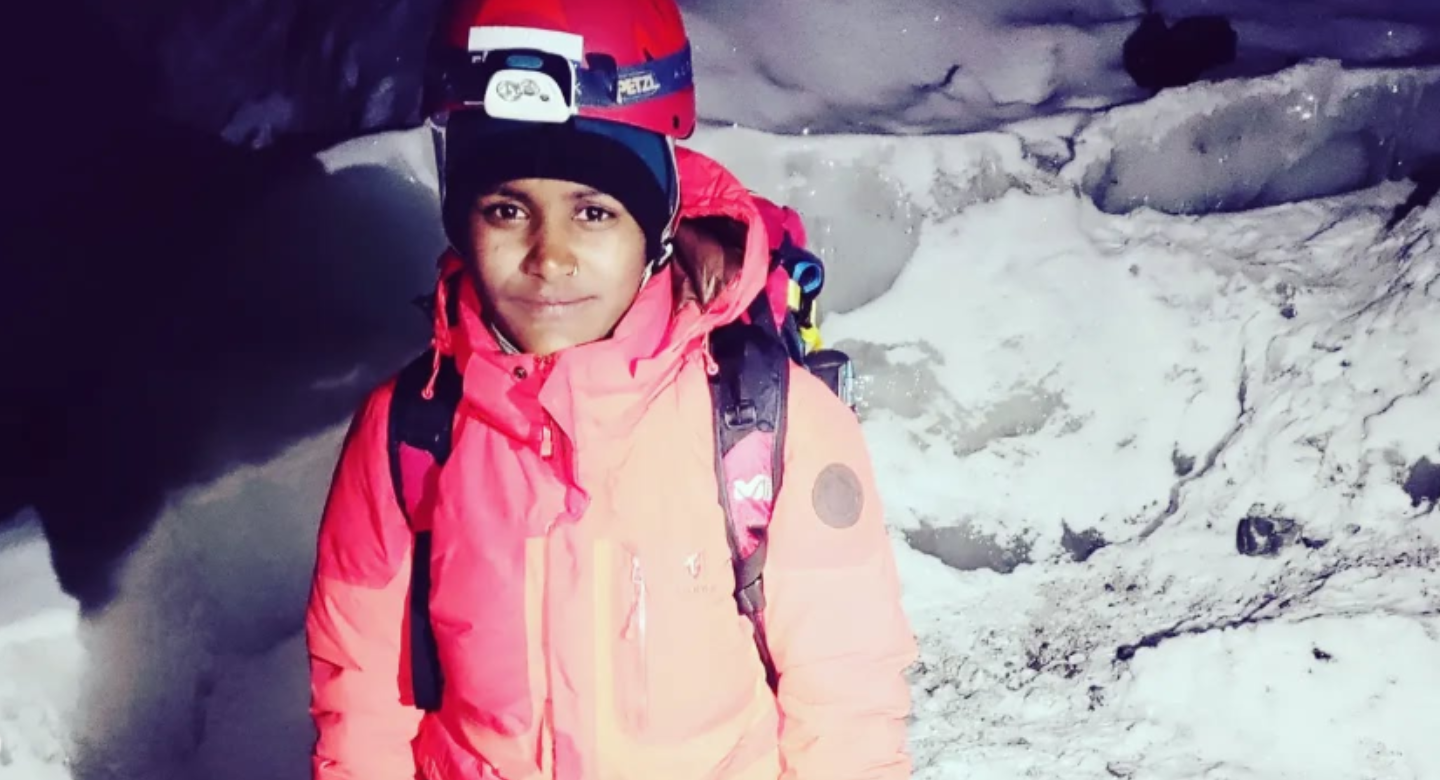
Beyond her mountaineering accomplishments, friends and colleagues remember Savita for her personal qualities:
- Her humble nature despite growing fame
- Her willingness to mentor younger climbers, particularly women
- Her deep connection to her home region of Uttarakhand
- Her quiet determination and focus
- Her ability to remain calm in crisis situations
These qualities endeared her to those who knew her and contributed to her effectiveness both as a climber and as an instructor.
Continuing Influence
Though her life was tragically short, Savita’s influence continues to grow. Since her passing:
- More young women from Uttarakhand have enrolled in mountaineering courses
- Her story has been included in school curricula in several states to inspire students
- Documentary filmmakers have begun projects chronicling her life and achievements
- Mountaineering clubs across India have established programs specifically encouraging female participation, citing her as inspiration
Final Thoughts About Savita Kanswal
Savita Kanswal’s life, though brief, embodied the purest spirit of mountaineering—courage, determination, respect for nature, and the relentless pursuit of seemingly impossible goals. Her journey from a small Himalayan village to the summit of the world’s highest mountains represents both the pinnacle of human achievement and the harsh realities of a sport where nature always has the final say.
In Indian mountaineering history, Savita will be remembered not just for her records or technical accomplishments but as a pioneering spirit who showed that with passion and perseverance, even the highest mountains can be climbed. Her legacy lives on in the mountains she loved, in the institute where she taught, and in the hearts of those she inspired.
Like a shooting star that burns brightly but briefly, Savita Kanswal illuminated the path for future generations of Indian mountaineers—particularly women—showing them that the sky is not the limit; it’s just the beginning.
Remembering Savita Kanswal
Explore the Journeys of Other Great Climbers
Colonel Ranveer Jamwal: The Mountaineering Legend of India
Arjun Vajpai – The Extraordinary Indian Mountaineer
Frequently Asked Questions About Savita Kanswal
Who was Savita Kanswal?
Savita Kanswal was an Indian mountaineer from Uttarakhand who became the first Indian woman to climb Mount Everest and Mount Makalu within 16 days in 2022. She was an accomplished climbing instructor at the Nehru Institute of Mountaineering (NIM).
What were her major mountaineering achievements?
Her most notable achievement was summiting Mount Everest and Mount Makalu within just 16 days in 2022, setting a national record. She also climbed several other peaks in the Himalayas during her career.
What happened to Savita Kanswal?
Tragically, Savita Kanswal died in an avalanche on October 4, 2022, while leading a training expedition on Draupadi ka Danda-II peak in Uttarakhand, India.
Where was she from?
She was from Lonthru village in the Uttarkashi district of Uttarakhand, India.
What was her role at the Nehru Institute of Mountaineering?
She was a climbing instructor at the Nehru Institute of Mountaineering (NIM), where she trained aspiring mountaineers.
How old was she when she died?
Savita Kanswal was 26 years old when she died in the avalanche.
What is the significance of climbing Mount Everest and Mount Makalu in quick succession?
Climbing two 8,000+ meter peaks within such a short timeframe is an extraordinary physical and mental achievement that demonstrates exceptional endurance, skill, and acclimatization abilities.
Did she receive any awards or recognition?
She was recognized for her mountaineering achievements in India, particularly for her record-setting dual summit. After her death, she was honored posthumously by various organizations and the Indian government.
What was the avalanche incident that claimed her life?
She was leading a group of trainee climbers on Draupadi ka Danda-II peak when a large avalanche struck their expedition. The disaster resulted in multiple casualties among both instructors and trainees.
What is Savita Kanswal’s legacy?
She is remembered as a pioneering Indian female mountaineer who broke barriers in a male-dominated field. Her determination, skill, and achievements continue to inspire young mountaineers, particularly women, in India and beyond.


